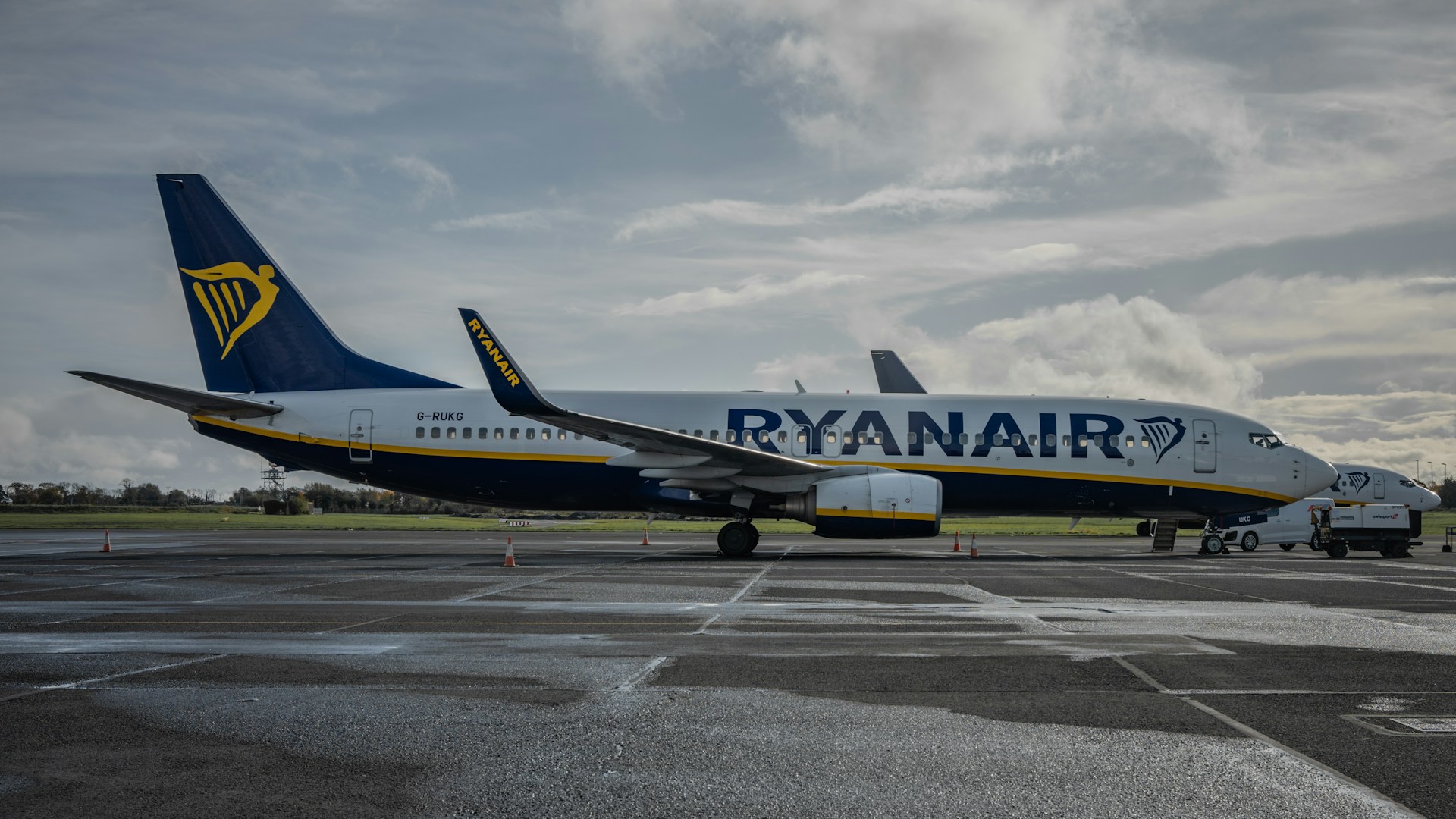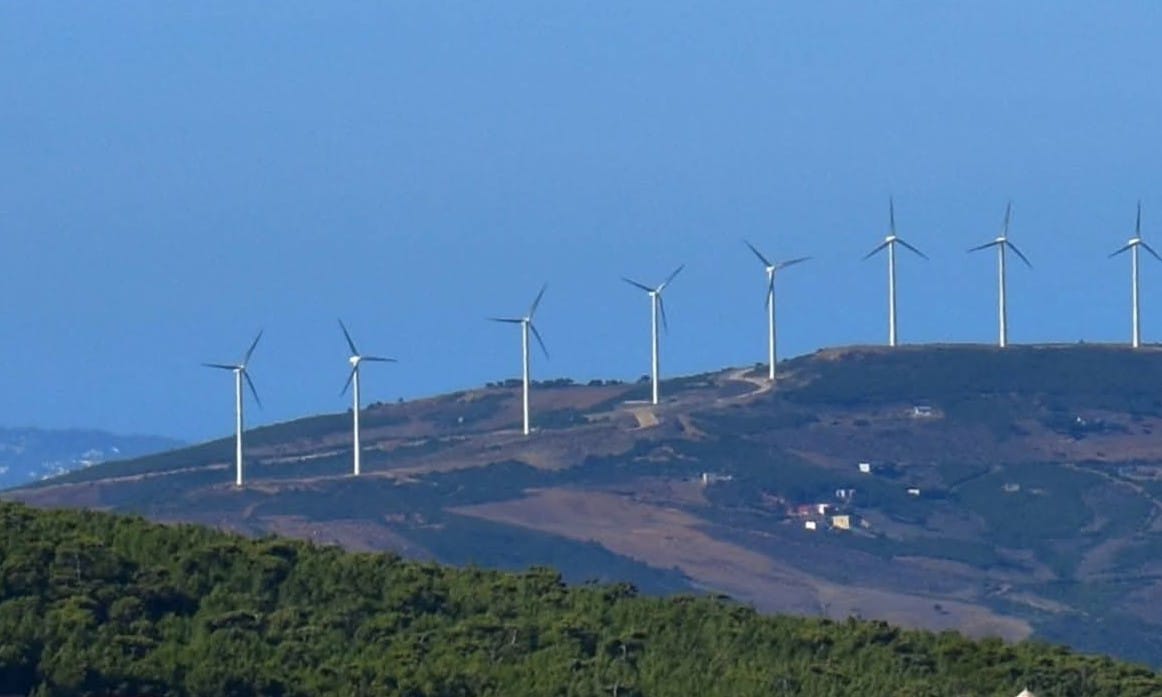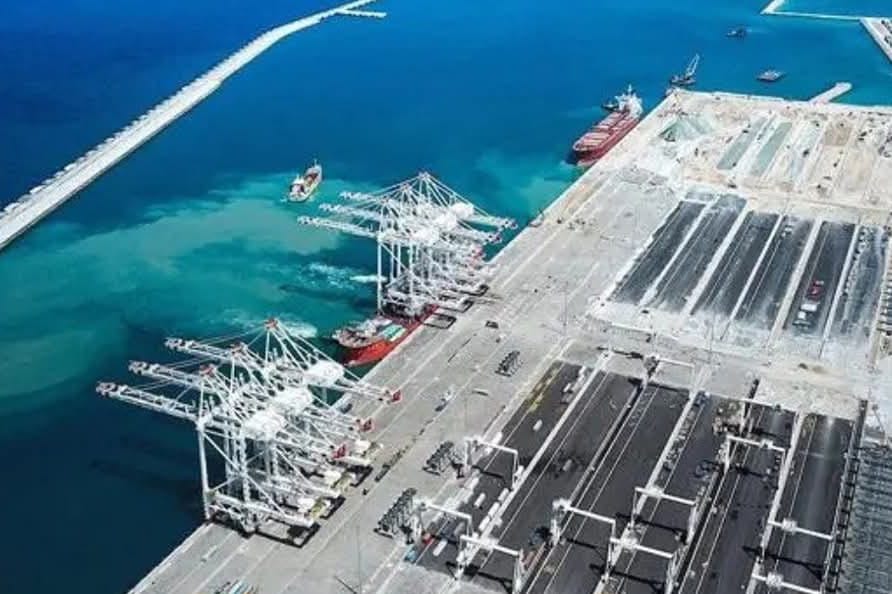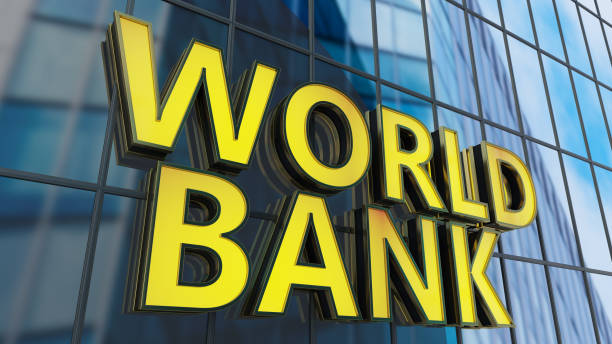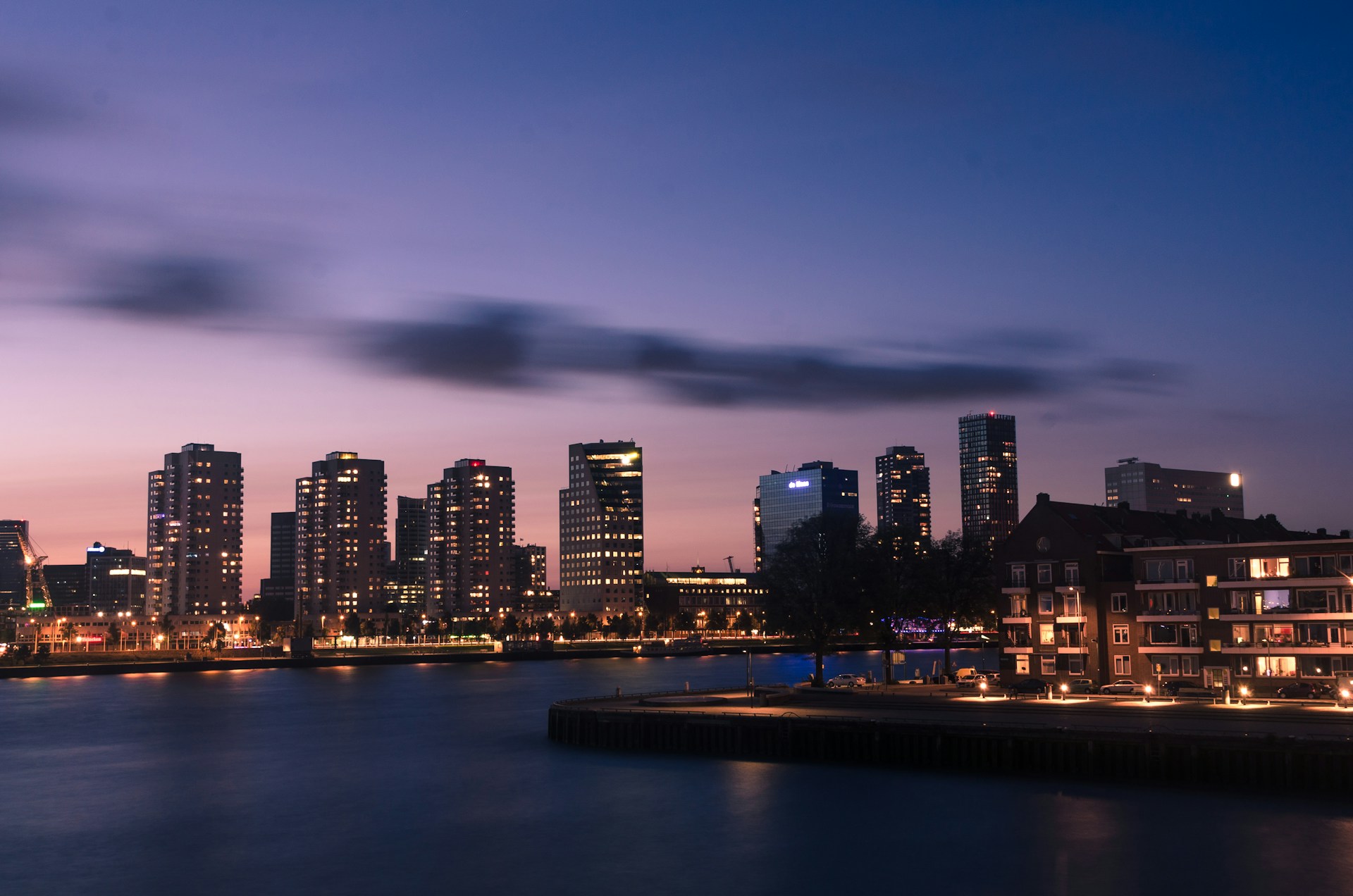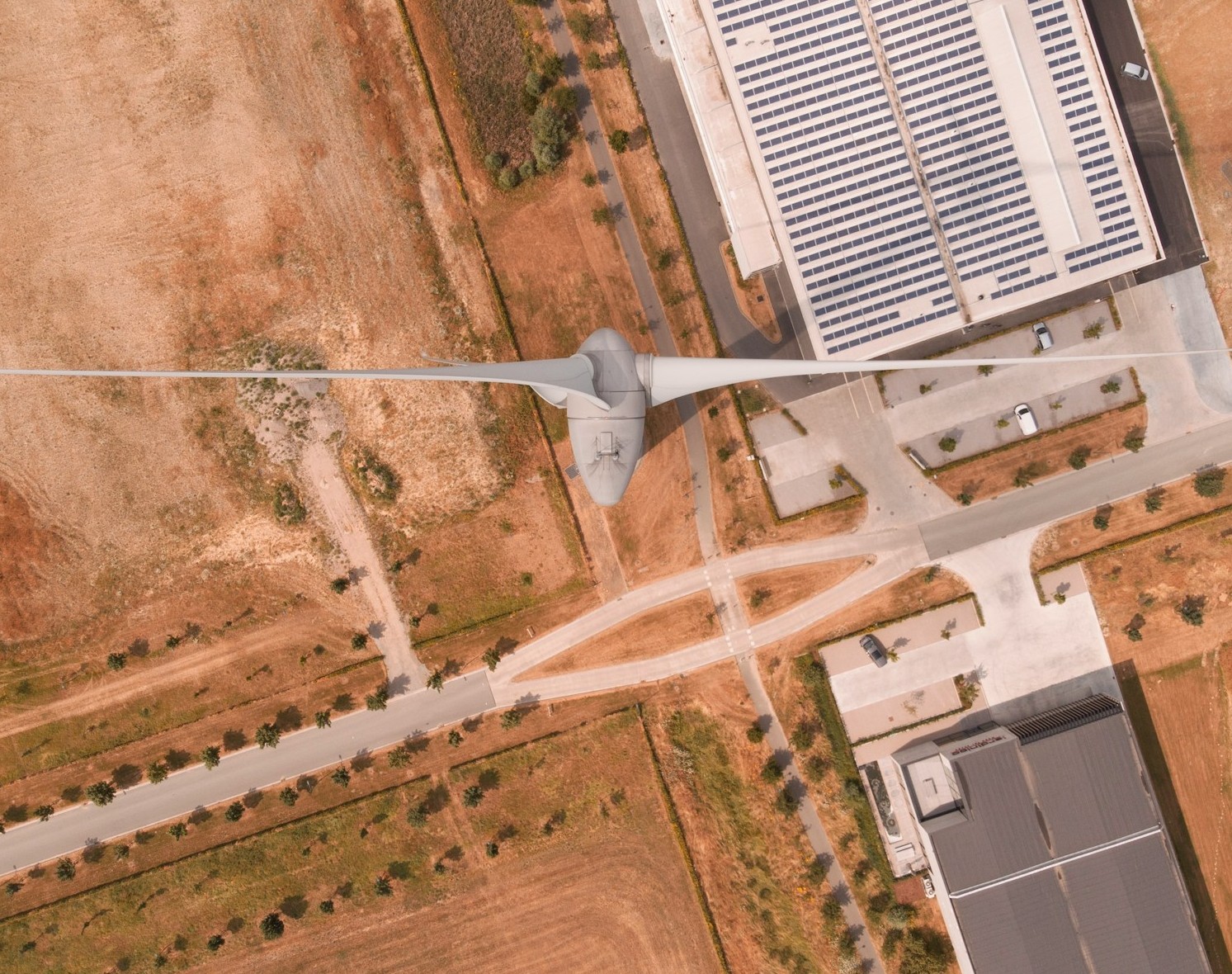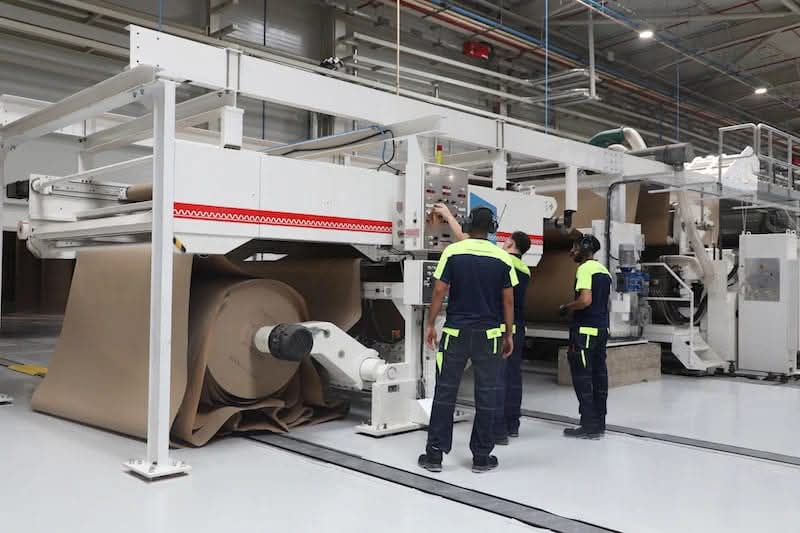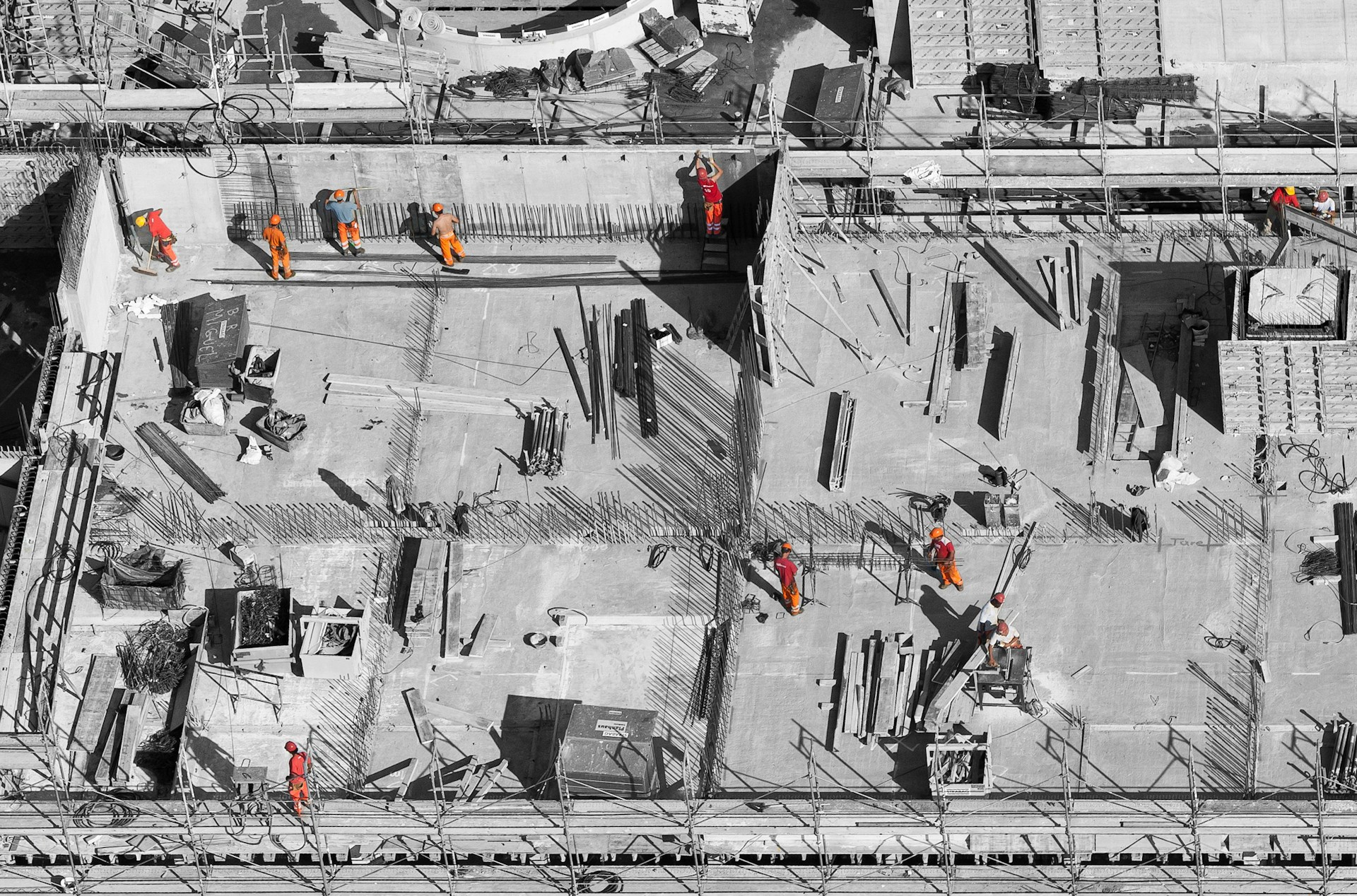Casablanca – The ambitious Nador West Med Port project is making significant progress toward transforming Morocco into a major maritime hub. This flagship initiative aligns with the National Port Strategy for 2030, a roadmap designed to boost the country’s presence in international maritime trade, integrate its port systems with regional transportation networks, and promote regional and national economic growth.
Strategic vision for 2030
The Nador West Med Port is set to play a pivotal role in Morocco’s port strategy, serving as a key asset within the Oriental Pole—one of six clusters identified in the national framework. The project aims to:
- Strengthen Morocco’s competitiveness in global maritime trade and cruise activities.
- Bolster regional development through large-scale infrastructure projects.
- Create jobs, attract domestic and international investment, and enhance social and economic prosperity.
- Capitalize on Morocco’s geographical advantage near the Strait of Gibraltar, a critical maritime chokepoint.
A prime location
Strategically situated in Bétoya Bay, on the western face of Cap des Trois Fourches, the port lies less than 250 nautical miles from the Strait of Gibraltar. This prime location places it directly on major East-West maritime routes, ensuring accessibility for container and oil product traffic. The site spans across the provinces of Nador and Driouch, underscoring its regional importance.
Impressive capabilities
Upon completion, the port complex will include state-of-the-art facilities designed to handle diverse cargo types. Key infrastructure highlights include:
- A 7,500-meter main breakwater and a 700-meter secondary breakwater.
- Container quays stretching 7,300 meters, with a capacity of 13–15 million TEUs (Twenty-Foot Equivalent Units).
- Five oil terminals capable of managing 50 million tons annually.
- A 360-meter solid bulk quay with an 8-million-ton capacity.
- Additional berths for general cargo, roll-on/roll-off traffic, and service, with a combined capacity exceeding 3 million tons.
The port’s annual handling capabilities will be equally impressive, featuring:
- 3 million TEUs.
- 25 million tons of hydrocarbons.
- 7 million tons of solid bulk.
- 3 million tons of general cargo.
- 200,000 vehicles.
Economic and energy objectives
Beyond its logistical prowess, the project aims to:
- Accelerate economic and social development in the Oriental region by enhancing its competitiveness and attractiveness to investors.
- Strengthen Morocco’s maritime role in the Western Mediterranean and draw a share of global maritime traffic.
- Secure the nation’s energy supply, particularly for coal to fuel a future thermal power plant planned for the area.
The new Nador West Med Port: Morocco’s maritime marvel
The newly christened Nador West Mediterranean Port boasts the deepest quays in the Kingdom, reaching depths of 18 meters. These features allow the port to accommodate the world’s largest vessels, exceeding 400 meters in length and with a capacity of over 24,000 TEUs. Additionally, the port includes quays for high-capacity discharge and energy stations with an annual throughput of 25,000 tons.
This visionary project reflects the Royal ambition to complement the successes of Tangier Med by establishing a free zone around the port. The plan integrates industrial and tourism sites to enhance the region’s economic appeal, fortify Morocco’s national economy, and bolster international trade relations.
The port’s strategic importance has already attracted international interest, particularly with major contracts signed with Chinese investors. These collaborations strengthen its potential for future expansion, with plans to add 850 meters of quays to meet anticipated demand.
A bright future ahead
As the Nador West Med Port edges closer to realization, it promises to become a linchpin in Morocco’s economic and logistical infrastructure. The port’s strategic location, cutting-edge facilities, and alignment with national development goals underscore its potential to elevate Morocco’s status as a regional and global maritime powerhouse. With completion on the horizon, the project is poised to unlock new opportunities for trade, investment, and growth for the nation and beyond.
In addition, authorities are working to integrate the port’s operations with broader regional transportation networks, including planned rail and road connections. These enhancements aim to streamline cargo movement and further solidify Morocco’s position as a vital logistics hub in the Mediterranean region. The port’s completion is expected to catalyze economic activities not only in the Oriental region but across the country, underscoring its importance in Morocco’s long-term development strategy.
All infrastructure works are nearing completion, and major machinery and equipment are being installed, the port is expected to receive ships in 2026.



